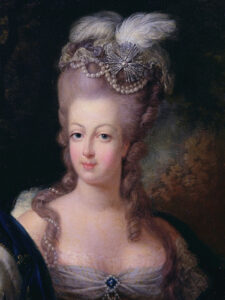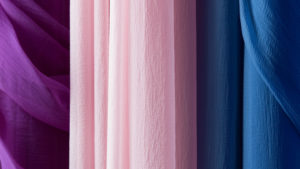
The power and pomp of the wig
During the Baroque and Rococo periods no self-respecting man or woman would consider themselves properly dressed without one finishing touch: their wig. Fashionable first at the French court, their popularity then spread all over Europe. Coiffed hairpieces long served as a symbol of social status for both sexes.
Increasing popularity thanks to syphilis and Louis XIII
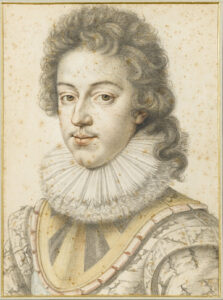
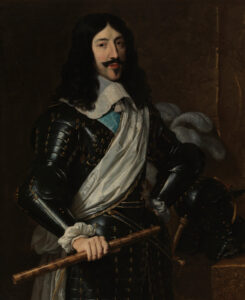
Louis XIV and the periwig
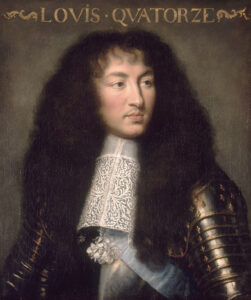
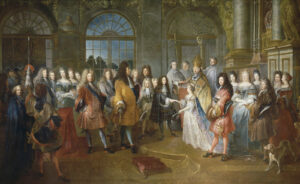
Pomade, perfume and powder
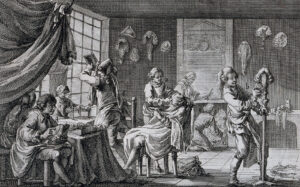
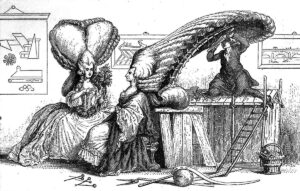
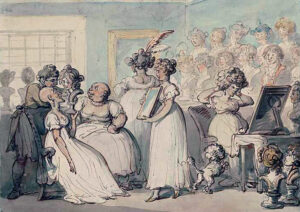
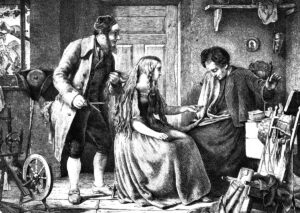
Variety of wig styles in the 18th century
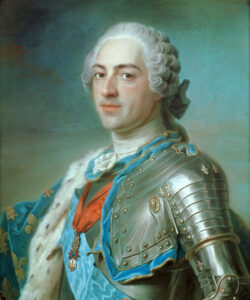

Marie Antoinette and the coiffure à la belle Poule
